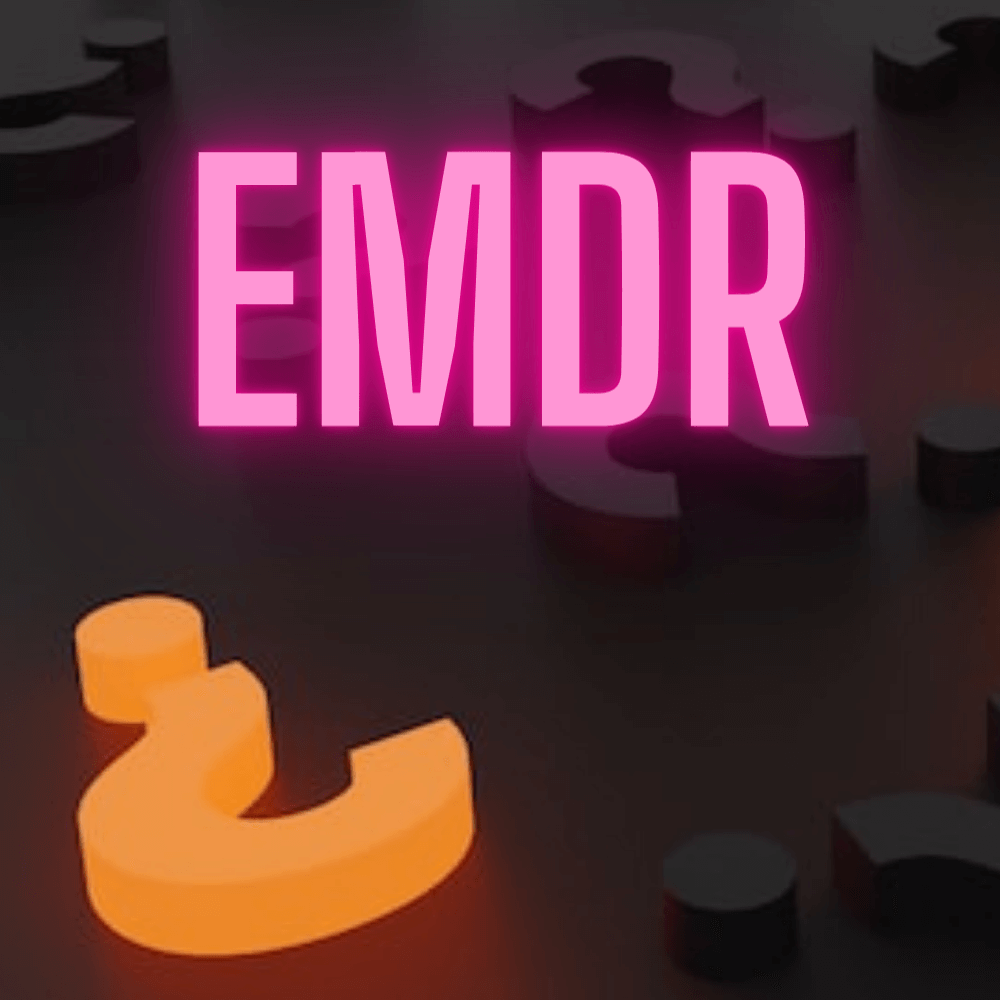What is EMDR Therapy?
Los Angeles EMDR Therapist, Michael Sean Greener, LCSW
EMDR therapy, or Eye Movement Desensitization and Reprocessing, is a type of therapy that can help treat various mental health conditions. Many people undergoing EMDR therapy report beginning to feel better after just a few sessions.
EMDR therapy works by helping the brain to process and store memories more effectively. EMDR can help to reduce the negative emotions associated with traumatic or difficult experiences. EMDR therapy is used to treat conditions such as anxiety, depression, post-traumatic stress disorder (PTSD), and more.
If you are considering EMDR therapy, it is essential to talk to an EMDR therapist about whether it suits your needs.
How Does EMDR Therapy Work?
EMDR therapy is based on the premise that when we experience a traumatic event, our brains cannot process the information correctly. This can lead to us feeling stuck in a state of distress, reliving the event (with the associated emotions and physical sensations) repeatedly.
EMDR therapy uses a specific type of eye movement, called bilateral stimulation, to help the brain process information correctly. The therapist will guide you through a series of eye movements while you focus on the memory of the traumatic event. There are other forms of bilateral stimulation if eye movements are uncomfortable, such as tapping or using handheld buzzers.
With that in mind, EMDR therapy is an effective trauma treatment that can help people process and heal from their experiences.
Breaking Down the Different Phases of EMDR Therapy
EMDR therapy is typically broken down into eight phases. These phases are:
1. History and Treatment Planning: In this phase, the therapist will gather information about the client’s history and current situation. This will help develop a treatment plan tailored to the individual.
2. Preparation: In this phase, the therapist will help the client develop skills used during the EMDR therapy process. This may include relaxation techniques or ways to cope with negative emotions.
3. Assessment: In this phase, the therapist will assess the client’s current level of distress. This will help to determine which memories to target in the EMDR therapy process.
4. Desensitization: In this phase, the therapist will work with the client to process the targeted memories. This will involve eye movements or other forms of bilateral stimulation.
5. Installation: In this phase, the therapist will help the client to reinforce the identified positive beliefs about themselves. This will replace the negative thoughts that are associated with the targeted memories.
6. Body Scan: In this phase, the therapist will help the client become aware of any lingering physical sensations associated with the targeted memories. This will help to release any trapped emotions in the body.
7. Closure: In this phase, the therapist will help the client to develop a plan for what to do after the EMDR therapy session. This may include relaxation techniques or ways to cope with any residual emotions.
8. Reevaluation: In this phase, the therapist will assess the client’s progress and help the client decide if additional sessions are needed for the processed target/incident.
Conclusion
EMDR therapy can be a very effective treatment model. EMDR can be used on its own as the primary therapy method, or it can be used as an additional adjunct treatment to talk therapy.
If you are interested in EMDR intensive therapy, please contact me at Greener Counseling. I provide Intensive EMDR Therapy as both a primary therapist and an adjunct therapist, should you already have a primary talk therapist you are seeing. I can collaborate with your primary therapist to accelerate your treatment progress.


